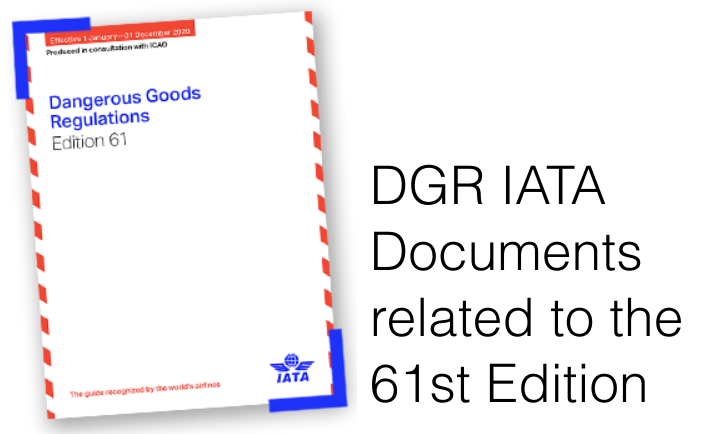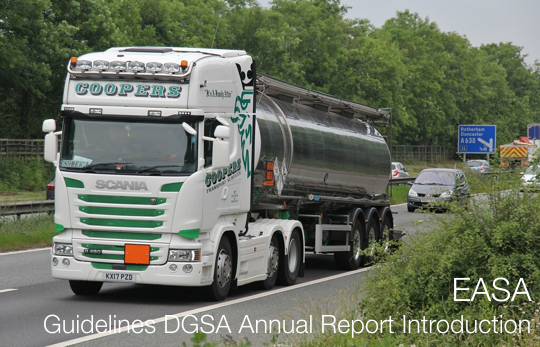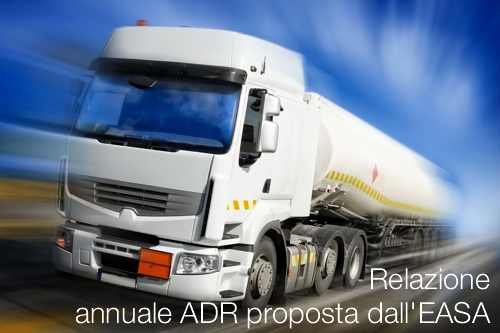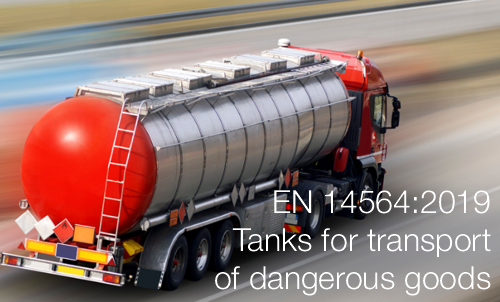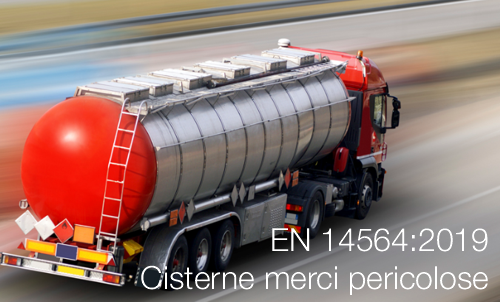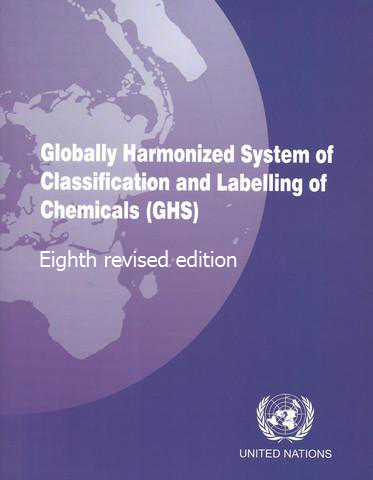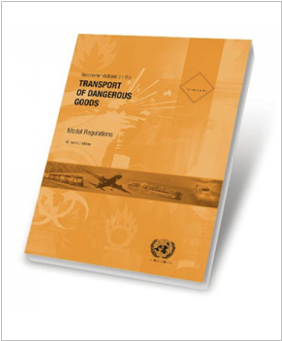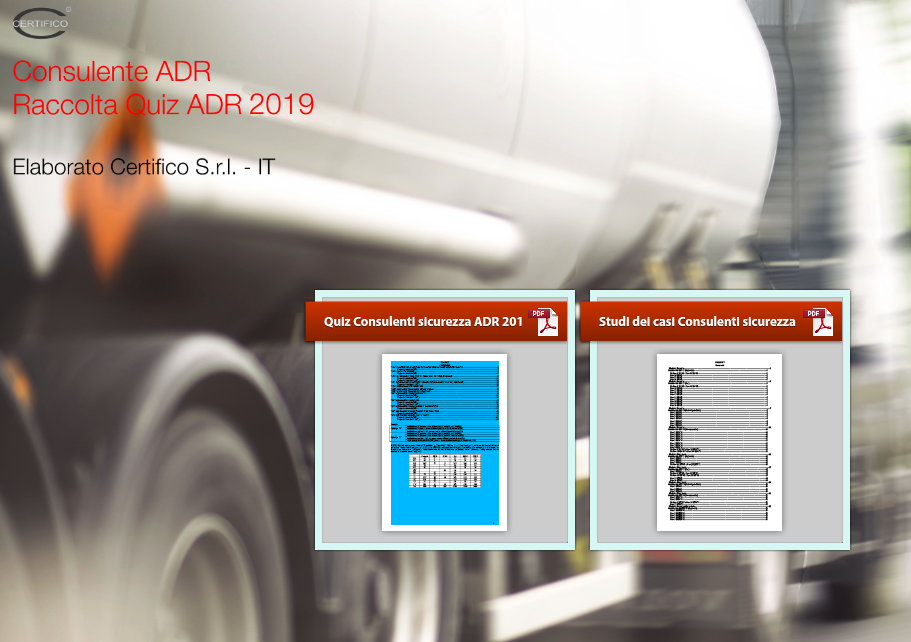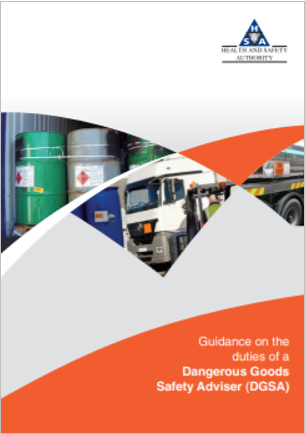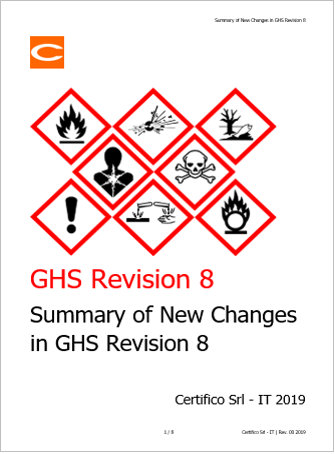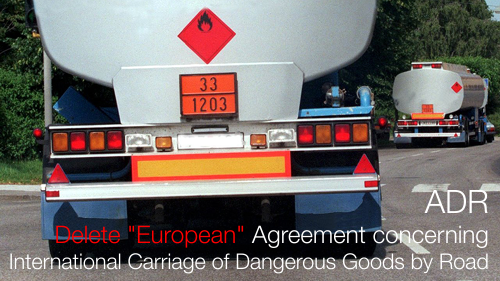Dangerous Goods check list / Documentation 61th IATA DGR 2020
Addendum to the 61st Edition
The IATA Dangerous Goods Regulations (DGR) manual is the global reference for shipping dangerous goods by air and the only standard recognized by airlines. IATA is “THE” industry standard for shipping dangerous goods by air. The IATA DGR is the most complete, up-to-date, and user-friendly reference manual trusted by the industry for over 50 years. Whether you’re a shipper, manufacturer, freight forwarder, ground handler, or airline, the IATA Book will keep you up to date with all the latest regulations, providing all the information you need.
Effective from 1st January 2020
– A global reference for shipping dangerous goods by air, and the only standard recognized by the global Airline industry.
– Everything you need to prepare dangerous goods shipments in compliance with international air transport regulations.
– The industry’s most trustworthy cargo sources to help you classify, pack, mark, label, document shipments of dangerous goods, and ensure they are safe to travel.
The 61st edition of the IATA Dangerous Goods Regulations incorporates all amendments made by the IATA Dangerous Goods Board and includes addenda issued by ICAO to the content of the 2019-2020 edition of the Technical Instructions.
Users of the IATA Dangerous Goods Regulations are asked to note the following amendments and corrections to the 61st Edition, effective from 1 January 2020.
…
Add more


